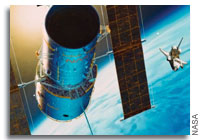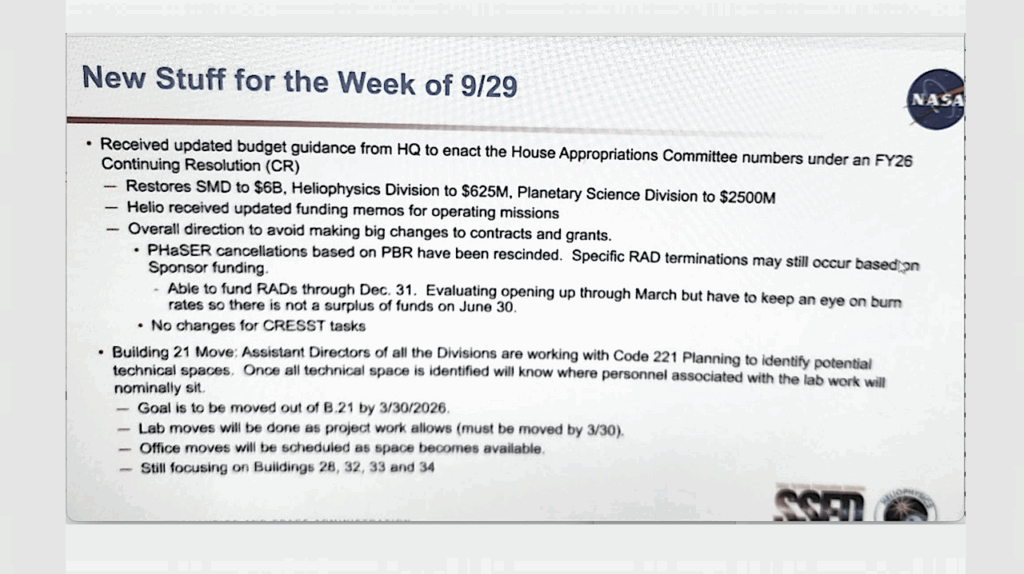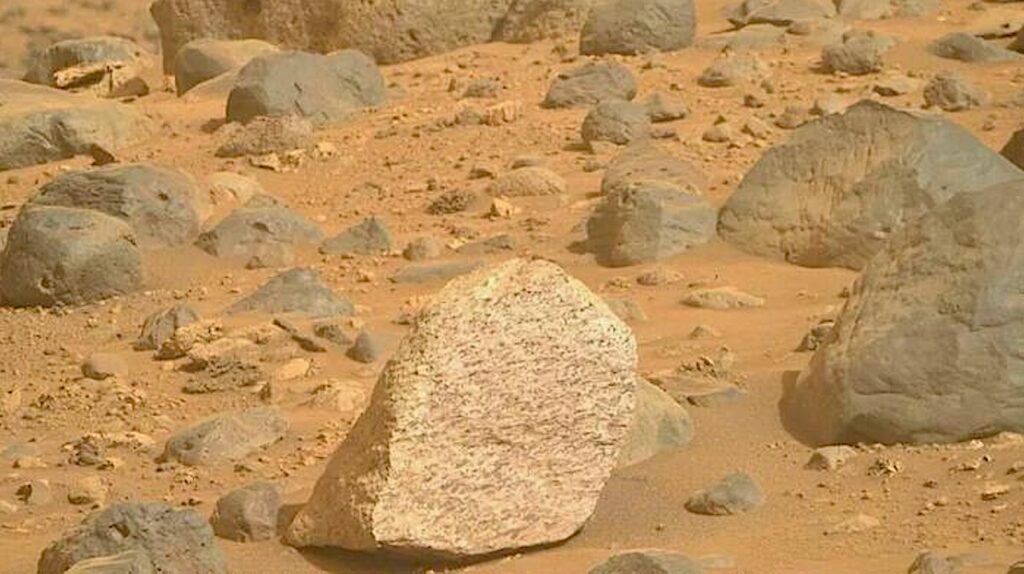Hubble's History and Incredible Achivements

Hubble at 25: The Documentary, Memories and Social
“On the occasion of the 25th anniversary take a stroll down memory lane and learn how the Hubble Space Telescope became so instrumental to our knowledge of the universe.”








Hubble space telescope is the great telescope for science and engineering. The best Webb space telescope is yet to come in 2018. Long life the space telescopes.
The comparison between HST and JWST is apples to oranges since HST operates in the UV, VIS, and a touch of NIR and JWST will operate primarily in the IR with a dip into the VIS at the red/orange wavelengths. Hopefully JWST will present results as equally groundbreaking as HST did.
What’s needed is a replacement for HST. A new telescope operating over the same spectrum as HST but with a primary mirror as large as JWST’s would be something special.
Can you say $8B?
So, basically, one year of F-35 funding for the Air Force diverted to buy 30 years worth of astronomy. Hmm…
HST was certainly a bargain. I”m referring to anyone’s dreams of spending another $8B on an astronomy mission post JWST – thinking it will sell, because, HST was so successful.
Not gonna happen. Even using the word ‘flagship’ will get people fired
It is interesting how there is support for a Europa explorer, but no one calls it a Flagship project.
The education of Hubble and Webb space telescope is important for the teacher and the tax payer to understand the NASA’s science and engineering in the past, present and the future.
The comparison is very important in the educational
processing for the teachers and street folks such as shown in the following.
https://en.wikipedia.org/wi…
https://en.wikipedia.org/wi…
https://en.wikipedia.org/wi…
https://en.wikipedia.org/wi…
Not really. JWST is designed to do imaging and spectral observations of galaxies at much larger distances than HST can observe. Because of the cosmological redshift, to observe such objects in their rest frame optical and UV, you need a telescope working in IR wavelength and longer, that’s JWST.
With adaptive optics, ground based telescopes can do just as fine as space based telescopes in terms of resolution, but ground based telescopes are much cheaper to build. The primary justification for sending space based optical/UV band telescope is atmosphere absorption. Unfortunately, gas in our galaxy also absorbs UV light, meaning UV telescopes are primarily used for studies of nearby Galactic objects except for a few regions where galactic absorption is low. Building a JWST sized UV telescope is far less useful than JWST, but much much more expensive if remotely possible to build.
I’d repeat what you wrote with a slightly different emphasis: The primary justification for sending space based UV telescopes is atmospheric absorption and emission. The UV is possibly the best wavelength range to observe planetary atmospheres. And the interesting science there is dynamics, which means time variability, which means (unlike galaxies) observing it once or twice isn’t enough. That sort of work doesn’t require a HST-class telescope, but it does require more than nothing. That’s what UV astronomy beyond 2020 looks like (solar telescopes excluded, and they aren’t designed to look at anything much dimmer than the Sun.)
Just wanted to alert everyone that there was a great special on NOVA detailing the wonderful history and discovies of the HST.
The episode is called “Invisible Universe Revealed”, and first aired on April 22nd. If you missed it, I am sure it will be repeated.
http://www.pbs.org/wgbh/nov…
Debt is not going up trillions per year.
In the aftermath of the Bush Catastrophe it reached almost 2 trillion per year, but it is now down to about 1/2 trillion per year ($483 billion in 2014 and falling much lower this year.
http://upload.wikimedia.org…
As a percentage of GDP the fall is even more dramatic:
http://www.numbernomics.com…
That being said… as we Baby Boomers (all 73 million of us) flow into social security and medicare over the next decade, the deficits should begin climbing again.
The massive and increasing $$ numbers for medicare is a sad result of the horrible health care system both in costs and in health outcomes. Obamacare, fortunately, has made major inroads in getting things under control from the previous failed status quo, but much more needs to be done.
You may not remember, but at the end of the Clinton’s second term, before Bush was elected, there was concern over budget projections showing the US paying off its debt entirely by 2012 and questions about what the US would do with the subsequent surplus. Financial commentators were even worried about what would serve in place of US Treasury Bonds once the Federal debt was paid off, the financial sector had used Treasuries as a safe harbour for so long they hadn’t developed strategies for alternatives.
Within a year of Bush taking office, that was no longer an option.
[The end of Federal debt was the behind-the-scenes justification for the Bush tax cuts. There was a fear on the Right that if the US paid off its debt, their fear tactics used to attack social security and public health/education would stop working (even on their own base). “If we don’t take the Surplus now, they’ll take it in 2012.” Hence the policy of “starving the beast”, creating an artificial drain on the budget to manufacture a perpetual funding crisis, allowing them to cut programs they didn’t like. When financial deregulation blew up the world, that just made the job easier.]
Re: Covered California.
If you read the article, the projected shortfall is $1.30 per Californian. Meanwhile, the State Budget is in surplus and putting $35 per Californian per year into the “rainy day” fund. Completely artificial crisis.
Re: Healthcare costs.
Similarly, there are extremely stupid things that have been done by Republicans which drive up US Federal healthcare costs. For example, Medicare/Medicaid is legally unable to negotiate with providers to get the best price, as any HMO does. It is required to pay the listed commercial price, even if no commercial provider actually pays that price. Similarly, Medicaid is forbidden from preferencing cheaper generic drugs over expensive patent-drugs, even if the clinical effectiveness is the same. And, worse, they are not allowed access to material submitted to the FDA on clinical trials when assessing whether to add a drug to their subsidy lists. (Which is something my own country’s drug-subsidy scheme insists on.)
Judging by other countries, removing these Republican-written restrictions alone could reduce Medicare/Medicaid costs by a third.
But hey, it’s a Crisis!, right? Something Must Be Done. We must be willing to make Hard Decisions. Every option must be On The Table… except, you know, those ones.
Seriously? With all the Wall Street fraud that has been revealed since the crash, you guys are still trying to blame “fanny/freddy”?
The financial melt-down was due to:
1. Repeal of Glass-Steagal¹ separating investment and retail banking and allowing proprietary trading to suck up retail bank loans.
2. Fraudulent loan repackaging where the instruments were wrongly (and deliberately) rated.
3. Increased bank leverage² to increase profits, shadow banking, hidden toxic assets.
¹ Under Clinton, if that helps your need for tribalistic blame.
² “Leverage” is the ratio of lending to assets.
The raw debt figure, splashed in the middle of this, is not the right way to track this amount. What really counts, as regards the impact of the debt on the economy, is debt as a percentage of GDP. That is the figure that captures it’s impact in real terms. Here is an example:
http://www.supportingeviden…
If you look at the dates, you’ll see that economic growth pushes the figure down and that deficit spending pushes it up. The major causes of deficit spending reflected on this chart were WWII, Reagan and Bush tax cuts, and the Great Recession, brought on by wild speculation allowed by market deregulation.
So, by the lessons of history, to cut the impact of the deficit, programs and policies that encourage growth first and foremost are what works best.
To support NASA, we should all support job creation, as that increases the amount of money available for spending by the federal government. Tax cuts, as history shows, serve only to increase the deficit and reduce the funds available for programs such as NASA.